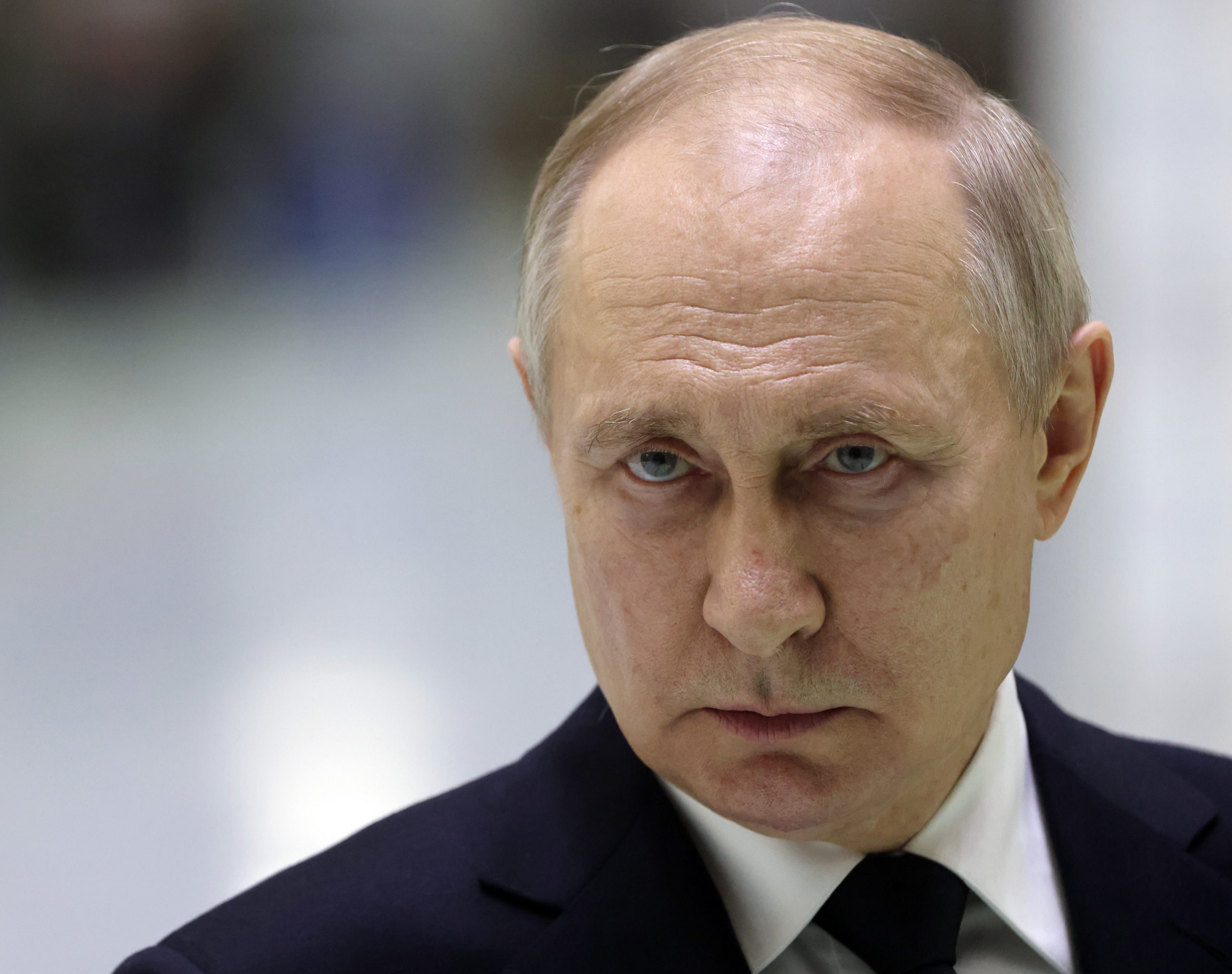Reports that air defense systems had been installed on top of two Moscow buildings, each located in close proximity to the Kremlin, hints of heightened tensions in Russia’s war with Ukraine.
Multiple outlets, including Newsweek, The Moscow Times and Defence Blog, a media outlet that provides news for the military community here and abroad, published photographs and videos on Thursday showing Russian Pantsir-S1 air defense systems on top of the Russian Ministry of Defense and another central Moscow building. Both are located in close proximity to the Kremlin, according to the reports.
Great news! The “Pantsir S1” air defense systems have been successfully installed on multiple buildings in Moscow near the Kremlin, including the Ministry of Defense building.
Everything goes according to plan, right? pic.twitter.com/373ZWTrLXb
— Saint Javelin (@saintjavelin) January 19, 2023
The photos below allegedly show that “an S-400 air defence system has been reportedly deployed … close to residential areas.”
In #Moscow, #Russia, an S-400 air defence system has been reportedly deployed – based on these photos, close to residential areas: pic.twitter.com/Wiql1l88tq
— Alex Kokcharov (@AlexKokcharov) January 13, 2023
Are the Russians expecting Ukraine to carry out a long-range airstrike on their capital city?
A Ukrainian attack on Moscow with NATO-donated equipment would be a major escalation in the war and there’s no telling how Russia would react.
Russian President Vladimir Putin would likely treat such an attack as having come from NATO itself and would respond accordingly.
On the other hand, the installation of the air-defense systems could just be good, old-fashioned Russian propaganda intended to generate fear and anger toward the west among its citizens.
Like kiev is going to bomb russian cities. They’re not war criminals like the russians are. Probably meant as propaganda to make russians feel like they under siege. Smh.
— Erik Zimmermann (@ErikZim37482608) January 20, 2023
Whatever Moscow’s reason for deploying the equipment, it highlights the fine line between NATO’s support for the Ukrainian people and NATO members’ involvement as actual belligerents in the war.
According to Reuters, in an early January interview with Moscow newspaper Argumenti i Fakti, Russian Security Council Secretary Nikolai Patrushev, a close Putin ally, said, “The events in Ukraine are not a clash between Moscow and Kyiv – this is a military confrontation between Russia and NATO, and above all the United States and Britain.”
Patrushev added, “The Westerners’ plans are to continue to pull Russia apart, and eventually just erase it from the political map of the world.”
Reuters reported that when Kremlin spokesman Dmitry Peskov was asked to comment on Patrushev’s remarks, he said he considers NATO and the U.S. to be part of the conflict. “De facto they have already become an indirect party to this conflict, pumping Ukraine with weapons, technologies, intelligence information and so on.”
No one should be surprised by this. NATO, and the U.S. in particular, are deeply invested in a Ukrainian victory.
And this is where one of the trickier problems of NATO aid comes into play.
It seems to me that Peskov is right. We crossed the line from simply providing aid to Ukraine to becoming a party to the conflict. And now we have to see it through.
This article appeared originally on The Western Journal.

























 Continue with Google
Continue with Google